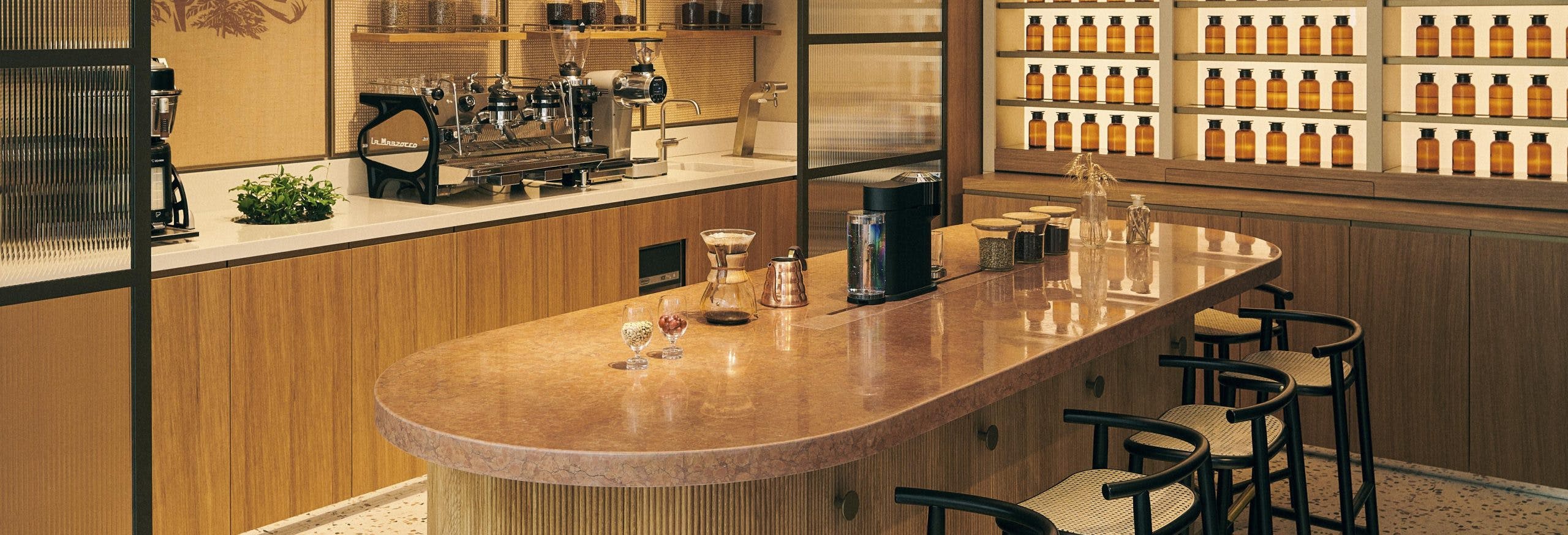At the height of the COVID-19 pandemic, it seemed as if the demise of physical retail was imminent. With stores forced to close, the popularity of e-commerce accelerated and many retailers wondered if in-store shopping would ever return. So far, such fears are proving unfounded – in the U.S., foot traffic has continued to rise, and retailers are expected to open more than 75 million square feet of new space.
However, this is not simply a return to pre-pandemic normality. Retailers are recognizing that shoppers are now looking for a different experience – and are remodeling their physical space accordingly. Walmart spent $3.3bn on store upgrades last year and continues to remodel its spaces. Target is investing larger sums in revamps of existing stores and new openings.
Aligning the physical with the digital
In many cases, the store remodelling programmes now underway at leading retailers worldwide reflect an attempt to bring the physical shopping experience into line with the digital one. Retailers often talk about the importance of an “omnichannel” approach, offering shoppers a means to buy their products in any way they see fit. Still, these channels will not operate independently of one another – consistency and interoperability are important.
The aim today is to redefine the role of the physical store. Many retailers are focusing on how they can offer customer experiences rather than simply serving as transactional venues. This could mean a superior product-discovery experience – with an app to help customers navigate the aisles or product grouping that mirrors the online experience. Or it could mean access to exclusive merchandise – through in-store only or in-store deals.
Alternatively, think about experience in the broader sense of the word. The beauty brand Sephora now offers Sephora Color Match’, an augmented reality experience that helps consumers pick out the perfect shade of foundation when shopping in-store.
Another priority for retailers is to focus on digitalizing the store. French supermarket Carrefour has launched Carrefour Flash, a fully digitally-connected store that uses technology to enable consumers to choose products in the store and go directly to check-out, where their baskets are automatically displayed. Nespresso’s new Vienna store enables consumers to access immersive rooms to digitally interact with top chefs and coffee farmers to learn about coffee blending, characteristics, and the company’s sustainable activities.

Digitalization also creates new opportunities. For example, if store staff have access to customer data generated both offline and online – such as data on loyalty and purchase behaviors across channels – they can tailor their customer interactions accordingly. Even customers that start and end their journeys online can receive personalized attention in stores.
Sephora again provides a good example of what is possible – it has merged its digital and physical teams into a single unified retail team; if a customer browsed online and then bought in-store, the team can see that.
Fulfillment is another area where retailers are investing, offering more pick-up options in-store and investing in infrastructure that facilitates such convenience. The U.K. department store and supermarket chain John Lewis has more than doubled the number of stores in which shoppers can pick up purchases online. That is supporting digital sales growth, but also pulling customers back into its physical locations. Target, similarly, is adding more drive-up services at its remodelled stores.
New world, new space
Store remodelling isn’t only about digital alignment. There are many other ways to improve the customer experience – Walmart’s remodelling includes investment in bathrooms and facilities for nursing mothers. for example. Many other retailers are improving food and drink availability, often through partnerships with brands such as Starbucks.
Other trends include the development of new types of space. Smaller shops that are easier for shoppers to navigate are making a return, particularly as retailers make larger ranges available online. Ikea’s Ikea City stores are replacing their large out-of-town outlets in many countries.
Sustainability commitments will also be an important consideration for many retailers. In the U.K., the redevelopment of a flagship store by Sainsbury’s last year reduced energy usage by up to 30%. The supermarket group works towards its target to be net zero on carbon emissions across all its operations by 2040.
Naturally, it will not be possible to do all of this at once – store remodelling exercises are expensive and may be hampered by practical constraints, such as leasing restrictions on planning regulations. Introducing new technologies also adds to the cost of overhauling the store.
For this reason, larger retailers in particular will overhaul their estates over time – but it’s worth thinking about the cost of redevelopment in the round. As Sainsbury’s example shows, store remodelling can be a way to reduce energy costs – even before retailers start to think about the positive effects on revenues of winning new customers through investment in their physical spaces.
Do you follow us on TikTok yet? Get insight into unique trends, trade shows, best practices, and so much more!
